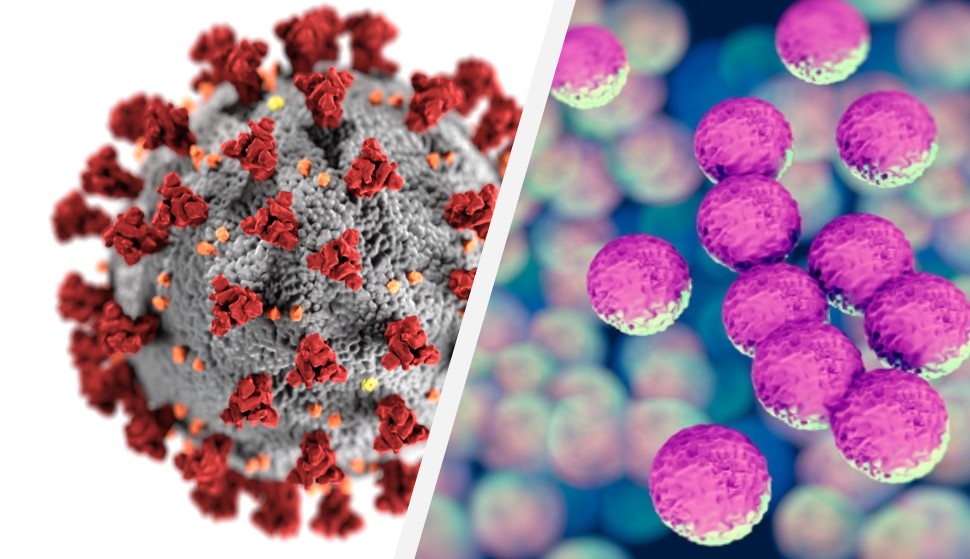Bacteria vs Viruses

This course introduces the key differences between viruses and bacteria and explains why those differences are significant.
Course overview
Bacteria and viruses are microorganisms that can cause diseases and although they have some characteristics in common, they are also very different. Understanding these differences can be helpful in many healthcare situations, including infection prevention policies, vaccination strategies and antimicrobial stewardship.
This course contains a mix of text, images and videos and can be accessed at work or at home on a variety of smart devices.
1 hour and 30 minutes of verifiable CPD
Professional Accreditation
-

Learning outcomes
On completion of this course trainees will:
1. Obtain knowledge of the structure, characteristics and life cycles of bacteria and viruses
2. Gain an understanding of the key differences and similarities between bacteria and viruses
3. Understand why different approaches are required to eliminate and treat bacteria and viruses
4. Gain a basic understanding of virus mutation and vaccinations -

Course content
Trainees will study a series of key topics such as:
Key differences
What are bacteria?
Bacterial spores
What are viruses?
SARS-CoV-2 and other coronaviruses
Viral replication and mutation
Vaccinations
Disinfection against bacteria and viruses
Effective disinfection
Effective hand hygieneAdd members of your team to this course to save time and monitor progress. The course is followed by a multiple-choice test to assess the understanding of the content. A personalised certificate is generated when all module tests have been completed.
Very informative about the difference between the micro-organisms, especially SARS=COV-2
Khudadad, Dentist
- Star
- Star
- Star
- Star
- Star
